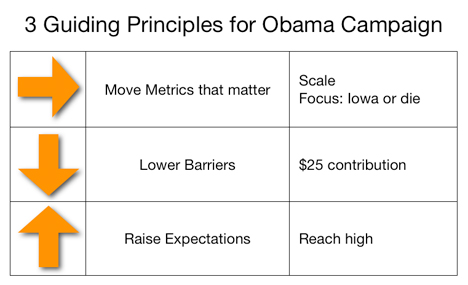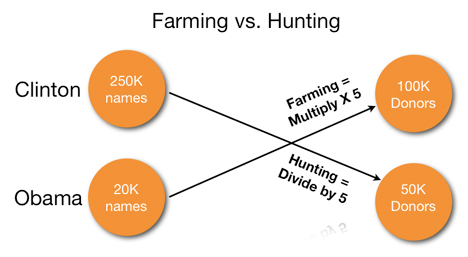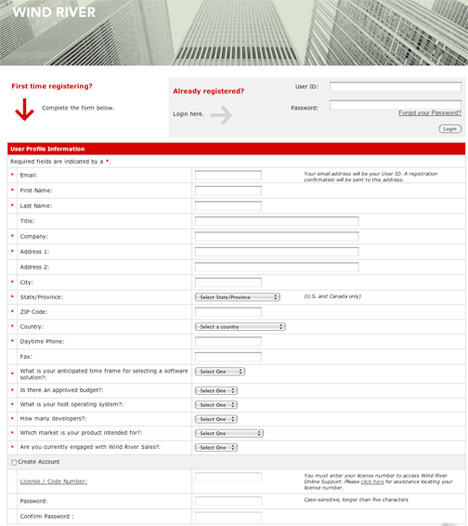
Getting in touch with my Inner Jazz
Vinnie Mirchandani, fellow Enterprise Irregular was gracious to invite me to guest blog reflecting on Atlassian hitting a new milestone: $100 million in all-time sales since inception. It’s not about the milestone, as reaching 14,706 customers as of today is more fulfilling. It’s about creating a different kind of software company.
Vinnie asked me what’s been fun about the journey, and truthfully I failed and wrote this more serious, reflective post. I was able to scrounge up this photo from our last Christmas party which has become a mini-tradition where our San Francisco team enjoys great live jazz, sushi, and a few too many martinis. `
At Atlassian, we talk about creating something different. Not for the sake of it. Because we’re never convinced norms should be accepted. Even our own could change. At the risk of simplification, these are my Three Deep Lessons I have internalized over 3.5 years in this company.
1. Open Up Your Company.
Why do software companies hide prices? Why must I call a sales person to get them? Why must I fill out an order form to get a goddamned PDF of half-baked content? Why don’t more companies treat customers with respect and develop trust through openness? Sounds straightforward, but this is the cat-and-mouse game that enterprise software companies persist in.
We think open pricing, open license terms, open bug and issue tracking of our products, and licensing our source code are what people, like us, want. We ask ourselves: would we buy this crap? How do you want to be treated? That’s a good test for how transparent you are.
2. Affordable Prices
Mike Cannon-Brookes pounds on the table regularly about the price of entry. He is always trying to figure out how to make it easy for the next developer, the next IT manager, the next knowledge worker to not hesitate. Once we have a product we would use, then we have a fist fight over keeping the prices low. The low price principle was more striking when I met these two guys…

Mike Cannon-Brookes and Scott Farquhar
… as they were, let’s say, frugal Aussies. They had that shining spirit from Down Under which is an authentic Aussie practicality that was refreshingly unconventional in Silicon Valley. Funny thing is: even though the founders are no longer quite so frugal, our prices have rarely changed. Keep your prices low, Mister Software Man.
3. Anal-Retentive Analytics and Metrics
Scott Farquhar is our Super Metrics Warrior. Scott got us measuring Net Promoter Score (still running around 52%). Scott pounds on the table for so much detail and facts about the business, people leave the room dizzy and frustrated because they are starting to realize what they don’t know.
We don’t have the systems and analytics yet to measure up to some great large companies, but for a $40 million/year business with 185 employees, we’ve pretty damn good. We analyze the shit out of everything. We are constantly writing queries and dashboards on our internal Confluence wiki. This is our form of Lighting Business Intelligence, without any traditional BI software overhead. It’s also one of the hidden gems in our wiki.
Every team has a dashboard, but more important, every team is pissed their dashboard isn’t better. Continually unhappy with the gaps in our data, and searching for that Last Shaker of Metrics, we are on a Forced March for more data. This is a Mission from God I am still learning.
I could rant on about what we think a different kind of software company should be, because we’re still not there. We’re trying though.
RELATED POSTS
Susan Scrupski, another of the Enterprise Irregular clan, covered this milestone and trumped everyone with a video of Mike and Scott from Sydney.
Tech Nation Australia also interviewed Mike on the milestone.





